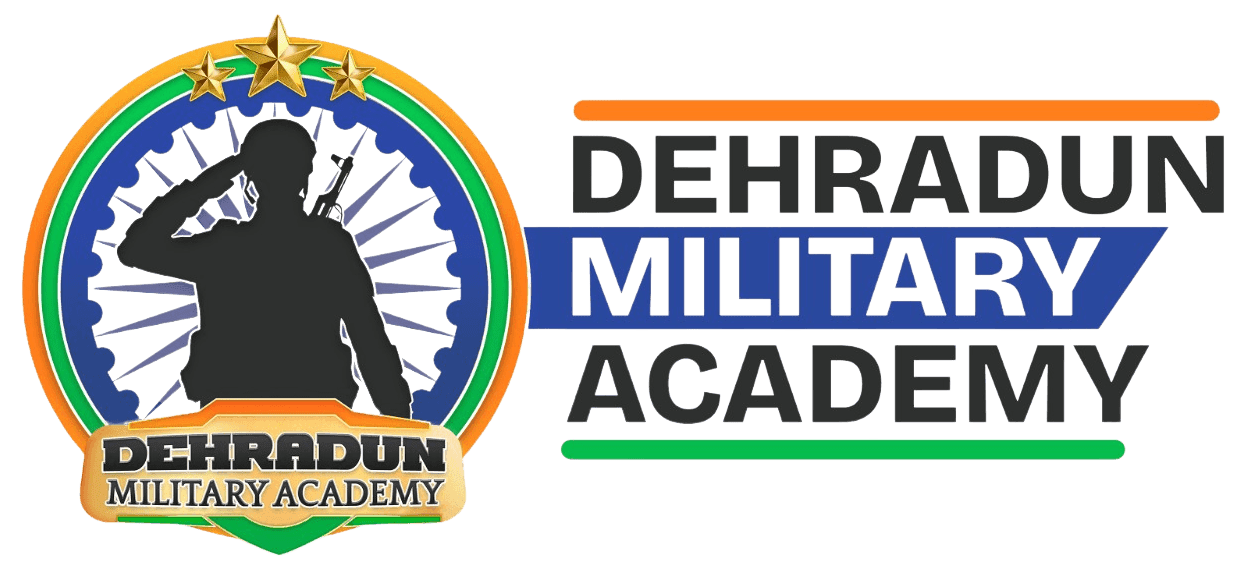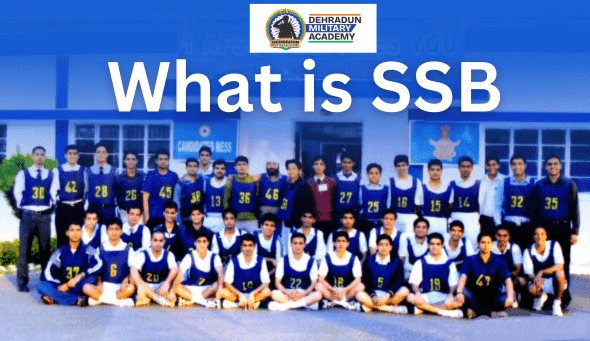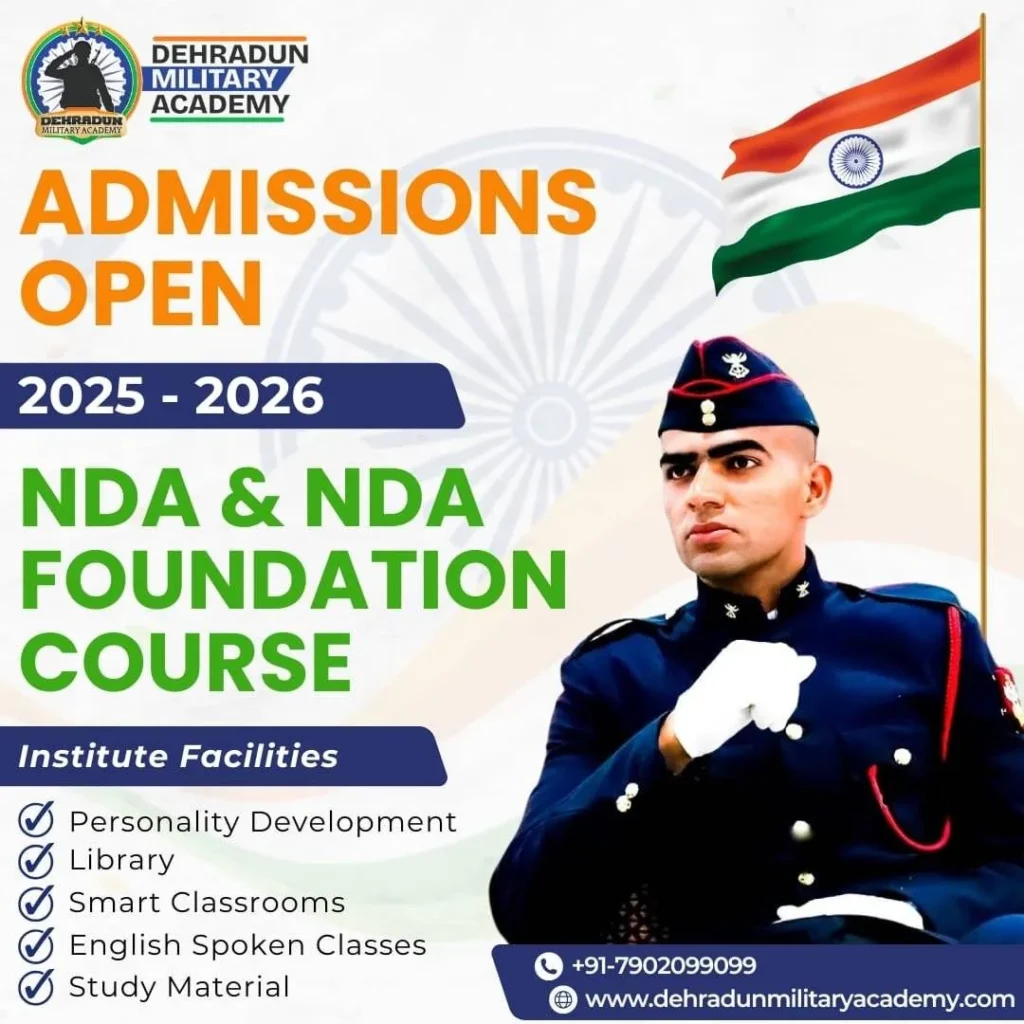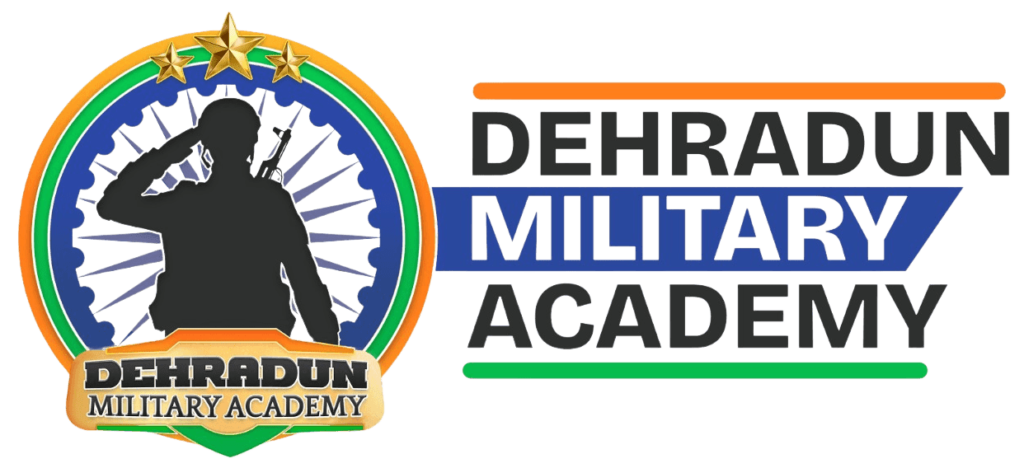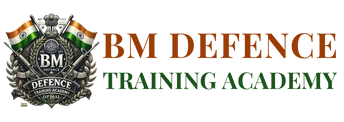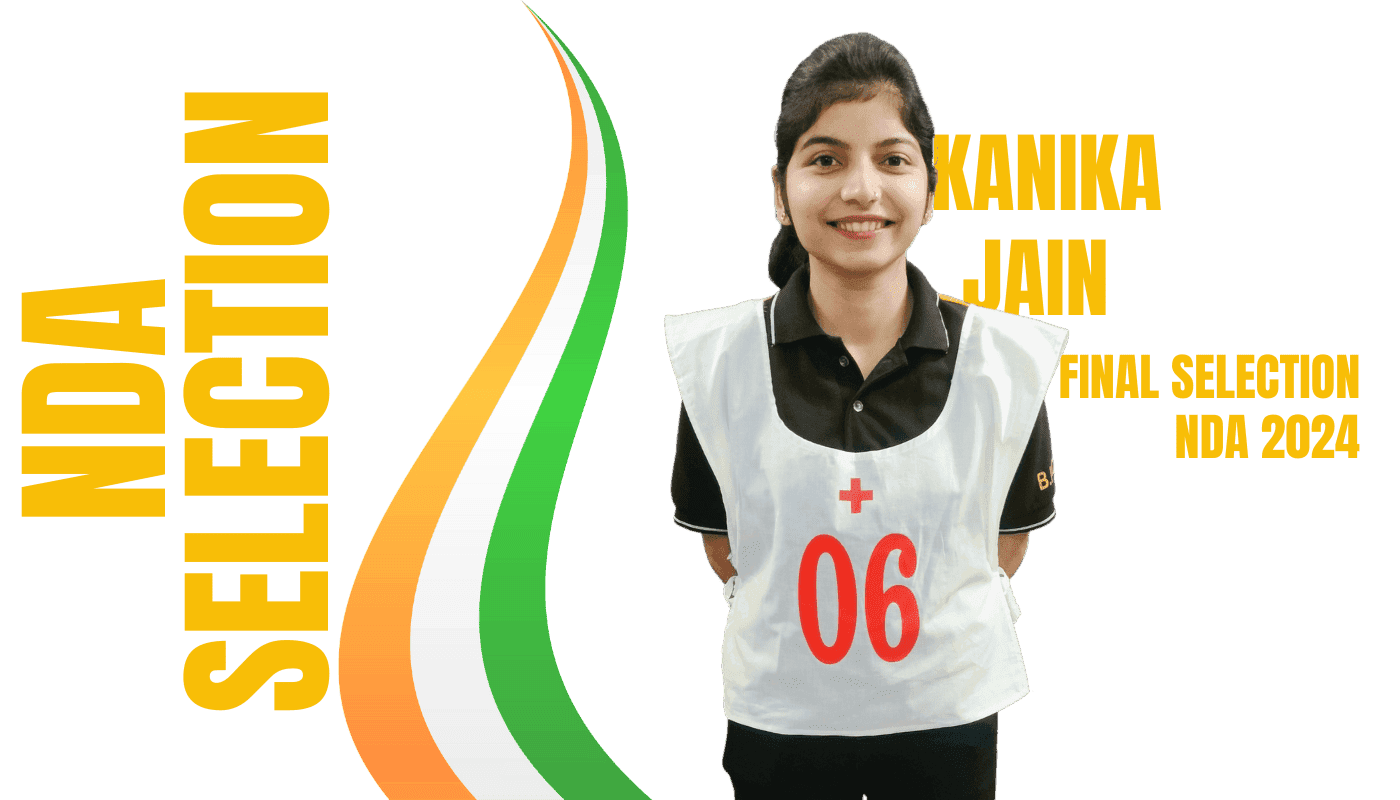What is SSB?
SSB stands for Services Selection Board. When we mention “Services,” it refers to the three armed forces of India—the Army, Navy, and Air Force—regulated by the Ministry of Defence.
SSB is a selection process where candidates are assessed by trained officers to evaluate their personality, intelligence, and officer-like qualities (OLQs). The board determines a candidate’s suitability for becoming an officer in the armed forces.
The selection process spans five days, during which candidates undergo oral tests, practical tasks, and written assessments. The assessors in the SSB include senior armed forces officers, such as:
- Psychologists
- Interviewing Officers
- Group Testing Officers (GTOs)
The five-day SSB process is divided into two stages to filter and evaluate candidates systematically.
History of the Services Selection Board (SSB) Procedure
The Services Selection Board (SSB) was first introduced during World War II by the British Army. During the war, it became evident that battlefield leadership required effective intelligence and command abilities, especially under adverse conditions.
Origin of SSB in India
In 1943, the War Office Selection Board (WOSB) was established in Dehradun to select capable officers based on psychological testing. This ensured that only those with the right leadership traits were inducted to lead troops.
In 1948, the Ghosh Committee was formed to review and improve the selection process. Over time, continuous research and modifications led to the establishment of the Psychological Research Wing (PRW), which later became the Directorate of Psychological Research (DIPR).
Development of the Officer Rating Scale (ORS)
PRW conducted extensive research and developed the Officer Rating Scale (ORS), which was derived from:
- 167 Defense officers
- 38 Selection Board members
- PRW researchers
Initially, 187 officer-like qualities were identified, which were then refined to 29 OLQs.
Modern SSB Assessment System
After further psychological studies, the selection board incorporated additional assessment factors like:
- IQ (Intelligence Quotient)
- EQ (Emotional Quotient)
- PQ (Physical Quotient)
- SQ (Social Quotient)
By 1956, the Officer-Like Qualities (OLQs) were streamlined into 15 key traits, which are now grouped into four major factors used in the SSB selection process.
- Planning and Organizing
- Social Adjustment
- Social Effectiveness
- Dynamic factor
The Philosophy of Military Assessment and Selection
There are three words derived from Sanskrit—Mansa, Vacha, and Karma—which indicate the capability of the candidate to be assessed by the examiners. Each word is assigned to different assessors:
- Mansa (Psychologist)
- Vacha (Interviewing Officer)
- Karma (GTO – Group Testing Officer)
As per the selection standards, these assessors recommend candidates who meet the criteria of the rating scale.
The Schedule of Events
Once a candidate cracks the NDA entrance exam, they receive a call-up letter via email and post.
The Army bus transports new candidates from the railway station while also dropping off the outgoing batch. Upon arrival, candidates are provided with refreshments, undergo documentation, and are assigned chest numbers.
SSB Procedure
Day 1: Screening Test (Elimination Round)
after the PIQ form fillup the real evaluation begin with Day 1
- Officer Intelligence Rating (OIR) Test –
- Verbal & Non-Verbal Reasoning questions to test intelligence.
- Picture Perception and Discussion Test (PPDT) –
- Candidates write a story based on a given picture.
- A group discussion (GD) follows, where candidates discuss and finalize a common story.
🚨 Only those who pass this stage move to the next level; others are sent back home the same day.
Days 2 to 5: The Real Assessment
Those who clear Screening undergo detailed evaluation, which includes
Psychological Tests
Group Tasks
Interview
Final Conference
Day 2: Psychological Tests
This series of tests assesses candidates’ subconscious mind, personality, and decision-making:
- Thematic Apperception Test (TAT) – Write 12 stories based on shown images.
- Word Association Test (WAT) – React to 60 words by forming sentences.
- Situation Reaction Test (SRT) – Respond to 60 challenging situations.
- Self-Description Test (SDT) – Write opinions about yourself from the perspective of parents, teachers, and friends.
Days 3 & 4: Group Testing Officer (GTO) Tasks
Candidates participate in outdoor and indoor group activities, testing teamwork, leadership, communication, and problem-solving skills.
- Group Discussion (GD) – Discuss a given topic.
- Group Planning Exercise (GPE) – Solve a problem scenario together.
- Progressive Group Task (PGT) – Team obstacle navigation.
- Half Group Task (HGT) – Similar to PGT but in a smaller group.
- Individual Obstacles – Complete physical challenges like rope climbing, monkey crawl, etc.
- Command Task – Act as a team leader and solve a given obstacle-based challenge.
- Final Group Task (FGT) – The last outdoor task for the entire group.
Personal Interview (Held on Days 2, 3, or 4)
Candidates face a one-on-one interview with an officer who asks about:
- Personal background, academics, hobbies.
- Defense knowledge, general awareness, and current affairs.
- Situational and psychological questions to assess decision-making.
Day 5: Conference & Final Results
- Candidates attend a conference where all assessors discuss their performance.
- A panel of officers asks general questions (not an interview, but a final evaluation).
- After deliberation, the final recommendation list is announced.
- Selected candidates undergo a medical examination before final merit listing.
Different types of entry in the SSB – Eligibility
| Entry | Qualification | Age | Mode of Selection |
|---|
| NDA | 12th (PCM for Navy & Air Force) | 16.5 – 19.5 yrs | Written + SSB |
| TES | 12th PCM (JEE Mains) | 16.5 – 19.5 yrs | Direct SSB |
| CDS | Graduate (Army), B.Tech (Navy/Air Force) | 19 – 25 yrs | Written + SSB |
| AFCAT | Graduate/B.Tech | 20 – 26 yrs | Written + AFSB |
| TGC | B.E./B.Tech | 20 – 27 yrs | Direct SSB |
| SSC Tech | B.E./B.Tech | 20 – 27 yrs | Direct SSB |
| NCC Special | NCC ‘C’ Certificate + Graduate | 19 – 25 yrs | Direct SSB |
| JAG | LLB (55% min.) | 21 – 27 yrs | Direct SSB |
| INET | B.E./B.Tech | 21 – 24 yrs | Written + SSB |
| Coast Guard | Graduation (varies by branch) | 21 – 25 yrs | Written + SSB |
How to Prepare for SSB (Services Selection Board)
Communication Skills
One of the most important aspects of SSB preparation is effective communication. You should read an English newspaper daily, such as The Hindu or TOI. Jot down important vocabulary and learn 8 to 10 new words regularly—this will help improve your sentence structure.
Current Affairs
For SSB, you must be aware of both national and international current affairs. Read newspapers, subscribe to English news channels, and stay informed about government programs.
Physical Strength
Engage in regular exercise in the morning or evening. You should run at least 5 km per day to build endurance and stamina.
Mental Strength
Practice daily problem-solving, read regularly, and engage in group discussions to improve your analytical and decision-making skills.
Start Journaling
Write a story per day or document daily events in your life. This practice will help you organize your thoughts and enhance your creative and analytical thinking.
